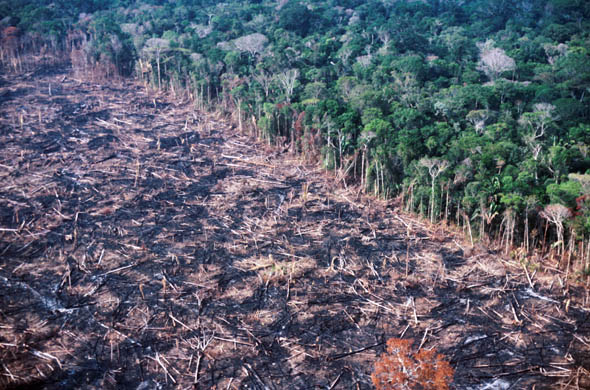Carbon emissions from Amazon deforestation increase as older forest razed
By now I’m sure you know that deforestation is a major source of carbon emissions — in fact more than all the fuel burned for transportation — which would be enough to worry about, except that when it comes to emissions from chopping down trees in the Amazon, those emissions are actually increasing as loggers move deeper into the forest. That’s what researchers are saying in a new paper in the journal Geophysical Research Letters (via Mongabay): The reason is that as loggers move into older areas of the forest, the amount of biomass — and therefore the amount of stored carbon — is greater. Looking at data from 2001-2007, scientists from the Department of Global Ecology at Stanford University, found that though the annual rate of deforestation has not changed significantly since the 1990s the actual amount of biomass lost per unit of forest cleared increased during the period studied. …
Carbon Emissions From Amazon Deforestation Increase as Older Forest Cleared
